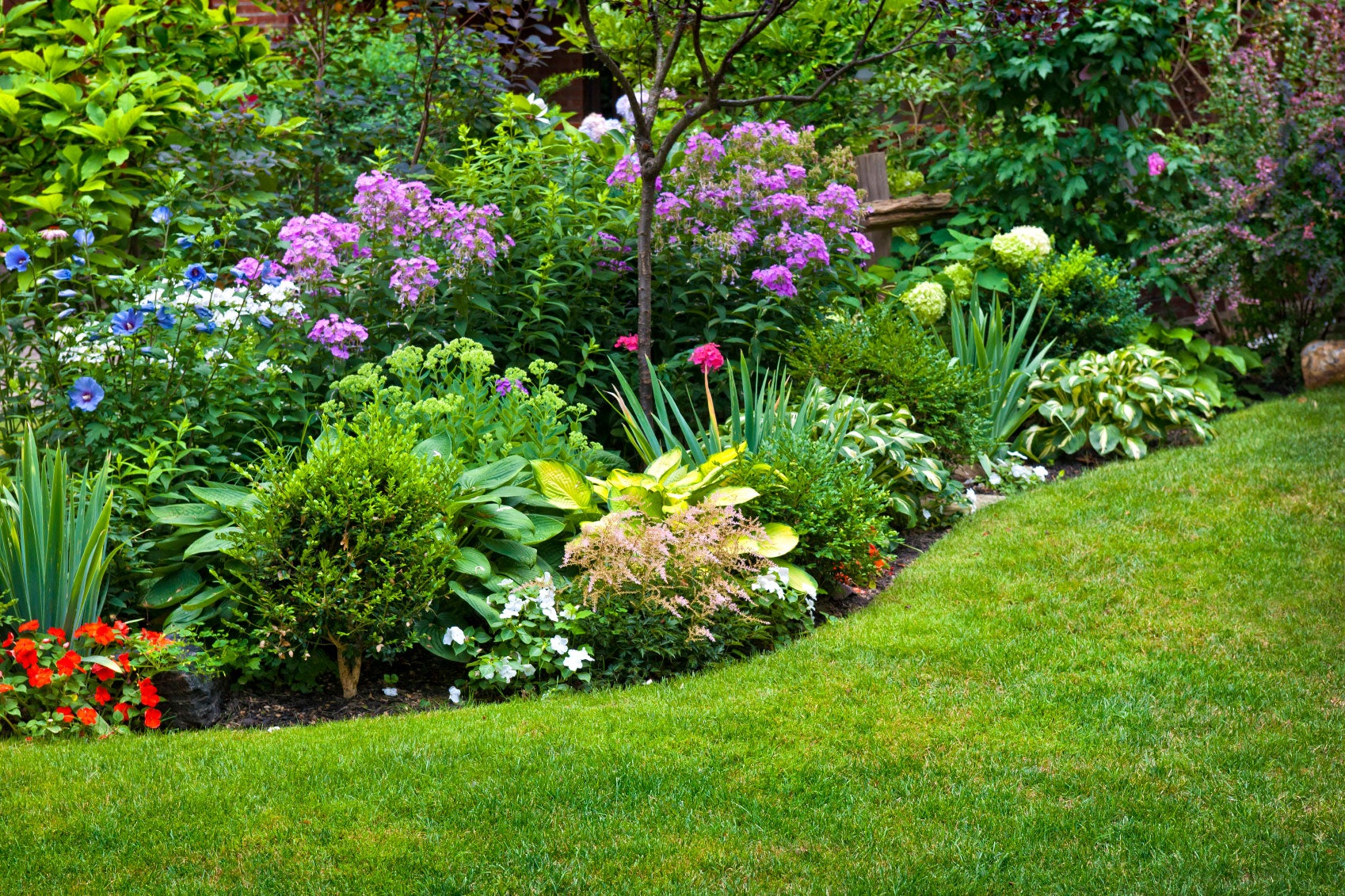
Perennial Plant Info- What Is Definition Of Perennial Plant
If you are ruminating on what to plant in your garden, re-landscaping, or adding to the home landscape, you may be considering any number of perennial garden plants. What is a perennial then, and what other perennial plant facts may influence your decision?
Definition of Perennial Plants
Simply put, unlike annuals or biennials, perennials are plants that live year after year. Some perennials, such as trees and shrubs, have significant life spans. Others, like many flowering perennials, may need to be replaced every three or more years.
Some trees and shrubs retain their foliage throughout the year, but most herbaceous perennials, including many flowering perennials, die back to the ground during the first fall freezes. That is, the leaves, stems, and flowers die back to the ground, leaving a dormant root structure. Upon the advent of spring, new plant tops form and the cycle begins anew. These perennial garden plants are said to be hardy, having survived a winter season.
Perennial Plant Information
Since perennials are considered hardy, many may be directly sown into the garden rather than starting indoors. Keep in mind that when direct sown, the plant will bloom in either the spring or summer of the second year, continuing to bloom thereafter, year after year. Some perennials behave like annuals, just as some annuals continue to grow like perennials. Confused yet?
Weather conditions and other stresses such as drought affect how long, how productive, or when a plant will grow. Northern regions of the United States, with their shorter growing season and cooler temperatures, may effectively render what is categorized as a perennial into an annual.
Here in the Pacific Northwest, I have had annuals bloom for a couple of years in a row due to our temperate climate, since we rarely freeze for any lengthy period of time. Annuals generally have showier flowers with season long color compared to perennials, but they need to be set out year after year while perennials keep on giving.
A combination of the two may result in the longest period of blossoms with a revolving rainbow of colors.
Sign up for the Gardening Know How newsletter today and receive a free copy of our e-book "How to Grow Delicious Tomatoes".
Perennials have a shorter bloom time than annuals-- about two to three weeks. However, with a little research, an entire flower bed can be filled with a variety of perennial plants, allowing for continuous blooming as one plant ends and another one flowers.
Also, a clump or mass grouping of perennials may add pizzazz in a flowering garden; just keep in mind the eventual size of the cultivar.
Additional Perennial Plant Facts
Another upside to perennial plantings is the amazing varieties of color, texture, and sizes available. They do require some pruning and maintenance, but their longevity makes this well worth the effort. There are many low-maintenance perennials to choose from as well.
Many perennials retain their foliage year-round. Among these include not only trees and shrubs, but many types of ground covers as well.
While some perennials can be grown from seed that's been saved from existing specimens, often the resulting plant is not true to the original. Either hybrid or strains of seed that are purchased and sown will give truer results.
The list of perennials is mind boggling and each year breeders come out with additional cultivars. Check online local nurseries for plants suitable to your area.

Amy Grant has been gardening for 30 years and writing for 15. A professional chef and caterer, Amy's area of expertise is culinary gardening.
